Are you are looking to embrace a minimalist aesthetic but don’t know how or where to start. Here are simple minimalist home decorating tips to help you get started on the right footing.
Minimalist home decor tips include using natural light for airy brightness. Create simple lines with furniture, decor, and architectural elements. Stick to monochrome and neutral palettes with texture for interest. Furniture should be functional, comfortable, and pared-back in design.

My impression of minimalist interiors was cold, bleak rooms painted white. I was utterly wrong: minimalist design embraces functionality, sustainability, and simplicity.
“Less is more” when a living space is carefully curated, and each item is celebrated for its color, form, craftsmanship, or materials. These principles inspired my new decorating ideas for a minimalist home.
6 Simple Minimalist Decorating Tips for the Home
#1. Natural Light
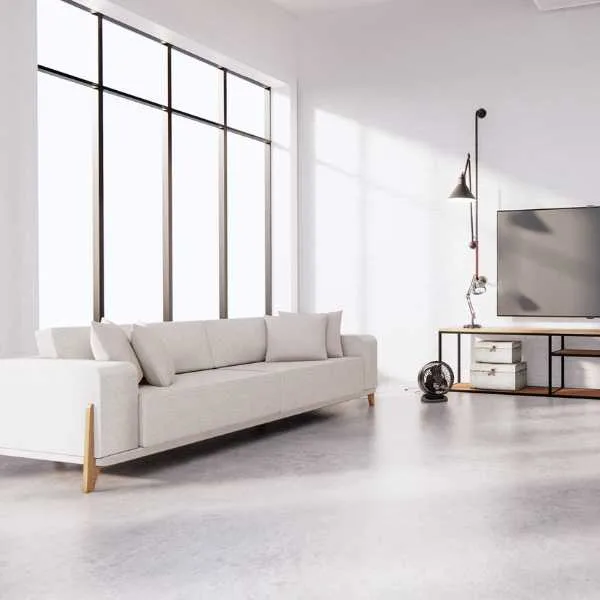
Minimalist architecture is organized around open spaces with large windows. Natural light, therefore, becomes a decor element in itself. Keep your windows uncluttered with heavy drapes. Instead, go drape-free or choose sheer curtains or blinds for brightness and airiness.
In light-starved rooms, install plenty of artificial lighting. Choose pendants with an elegant shape that serves as a decorative feature.
#2. Simple Lines
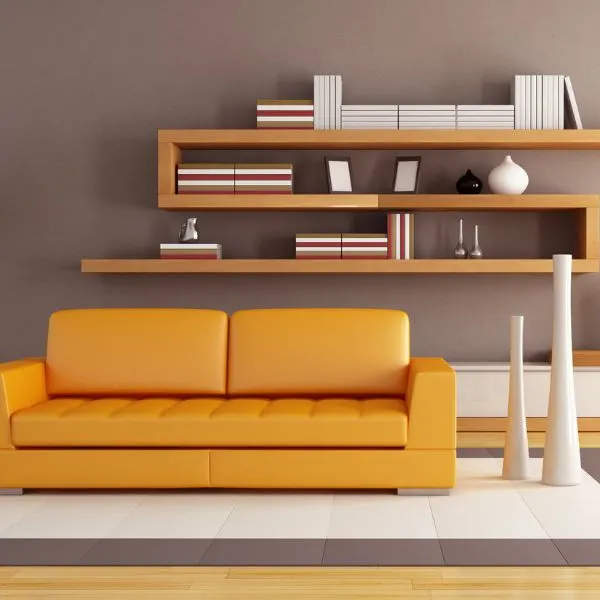
Symmetry is soothing, so embrace clean lines in your decor. Showcase the structure of architectural elements in your home, such as alcoves, mantles, and window seats.
Instead of plastering and painting, highlight industrial elements like open brickwork and exposed pipes, which create lines and patterns that become a minimalist feature.
Shape is a minimalist design element. Think about how colors tone and match – then do the same with shapes and forms that repeat and echo each other.
Minimalist design doesn’t only highlight angular shapes. Curved lines help to soften the starkness I was worried about.
#3. Monochromatic Palette
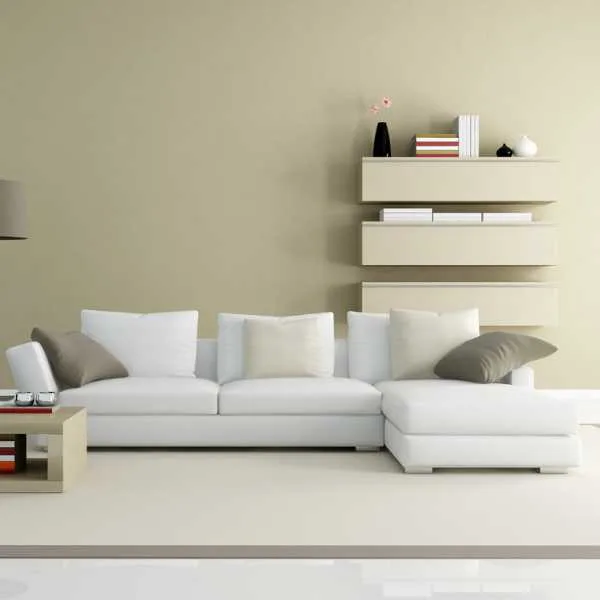
Minimalist living rooms are often characterized by a restrained, neutral palette in layers of white, beige, and cream.
Current minimalist trends take inspiration from nature. A coastal aesthetic would include gray and blue, while an earthier palette could include brown, green, taupe, and stone. Experiment with one of these combinations if you’re nervous about an all-white room.
One of the misconceptions about minimalist design is that it must always have a neutral color palette. Express your personality and heritage by embracing a monochrome palette where one color reigns supreme.
An alternative palette uses two contrasting neutrals, like black and white. Incorporate a single accent color through a piece of furniture, accessory, or artwork for immediate visual impact.
While the palette may be limited, a minimalist room avoids blandness by using luxe textures and finishes. Velvet upholstery, glowing natural wood furniture or frames, and shiny chrome will add interest.
Add muted patterns in rugs or pillows to create that comfort you need in a living room.
#4. Functional Furniture
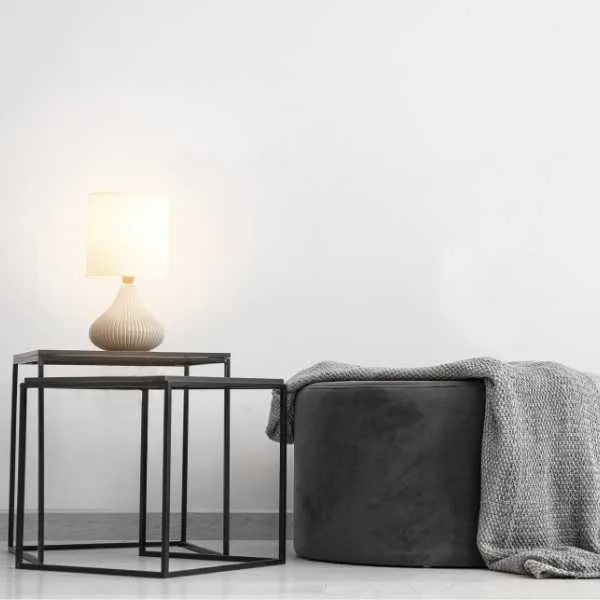
For minimalist furniture, look to Scandinavian and Japanese designs. These cultures embrace a pared-down aesthetic where furniture is multifunctional, comfortable, and aesthetically pleasing.
Japanese and Scandinavian minimalist furniture is often inspired by organic shapes and textures and made of natural materials. Look for custom-made furniture incorporating stone, wood, leather, and linen.
Other minimalist inspiration comes from Pop Art. This furniture style has abstract, often curved shapes, chrome, and plastic elements, and splashes of red and black.
Examples of multifunctional furniture are benches that can double up as seats, beds, or tables, while a storage box can be a seat, footstool, or mini-table.
An advantage of minimalism is that your furniture won’t date. Think of the beauty of mid-century modern chairs that have become classics. Choose timeless and simple items that make an impression and express your personality.
Because each piece fulfills its purpose and contributes to the room, you don’t need to constantly upgrade and add more furniture. And if you want to purchase furniture, look for antique and vintage items.
Minimalism, therefore, links to sustainability and responsibility towards the environment as you’re living with and consuming less.
#5. No Clutter
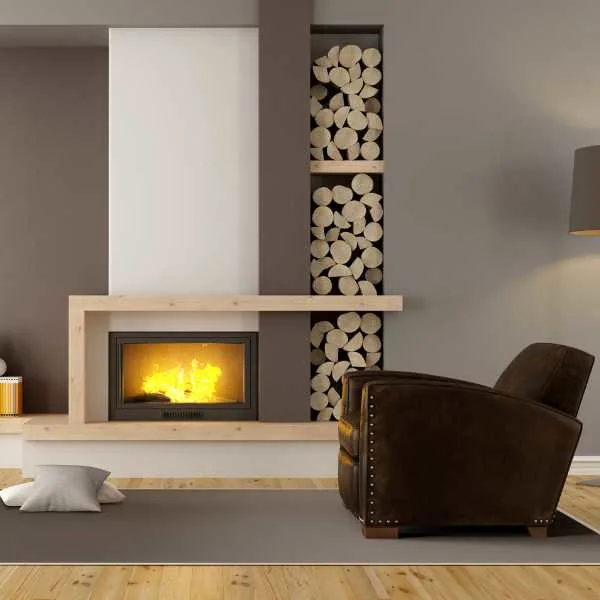
One of my reservations about a minimalist aesthetic has always been their serene emptiness – do people actually live there? The reality of a family is that you have clutter: magazines, bowls, and gadgets seem to breed on my coffee table and seem invisible in minimalist homes.
However, a minimalist living space doesn’t mean getting rid of all your possessions. The secret is choosing furniture with accessible storage for electronics, toys, and books that remain hidden when not in use.
Minimalist homes will make a feature of storage. For example, firewood for a fireplace becomes a sculptural element.
Choose unusual shelving designs. The shape created by shelves is highlighted when they don’t compete for interest with a multitude of accessories.
#6. Focused Accessories
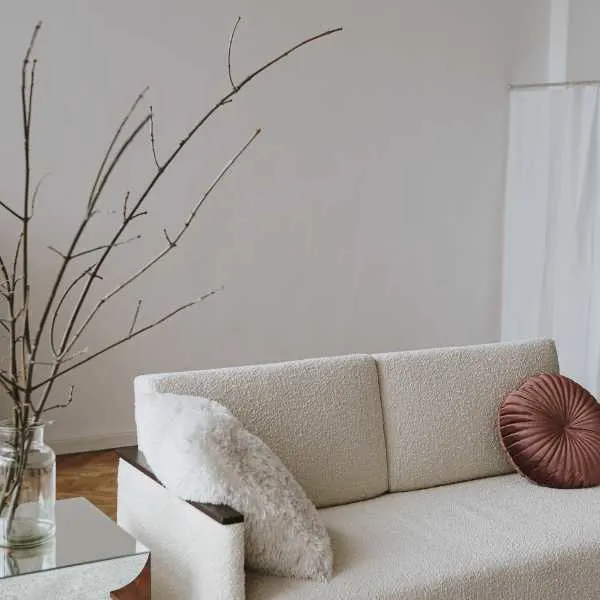
Multifunctionality is a tenet of minimalism, so your furniture should be decorative enough without needing several accessories. For example, choose a stunning lamp that invites you to sit and read but also draws the eye.
Decorative accessories can play a role in a minimalist living room and other spaces in your home, communicating your style, heritage, and family life. Focus on one showstopping piece like a giant, beautifully framed mirror or a single, bold painting.
Plants are ideal accessories for a minimalist living space, adding life and color to otherwise sterile interiors. Consider a bonsai tree if you want Japanese inspiration.
If you don’t have green fingers, a stark arrangement of branches or a piece of driftwood creates a beautiful silhouette.
Final Thoughts on Minimalist Home Decor Ideas and Tips
My misgivings about minimalist home decor were unfounded. Even if you don’t create an entirely minimalist space, elements like hidden storage and a simpler color palette have advantages. Clearing away the detritus of daily life certainly creates a less chaotic experience, so you can relax in the evening without distraction.
Related Home Decor Articles:
- 7 Expert Decorating Tips for the Home
- How to Create a Hygge Home – 6 Decorating Tips
- 7 Simple Hygge Living Room Ideas
- Organic Modern Decor Style
- 11 Zen Living Room Decorating Ideas on a Budget

